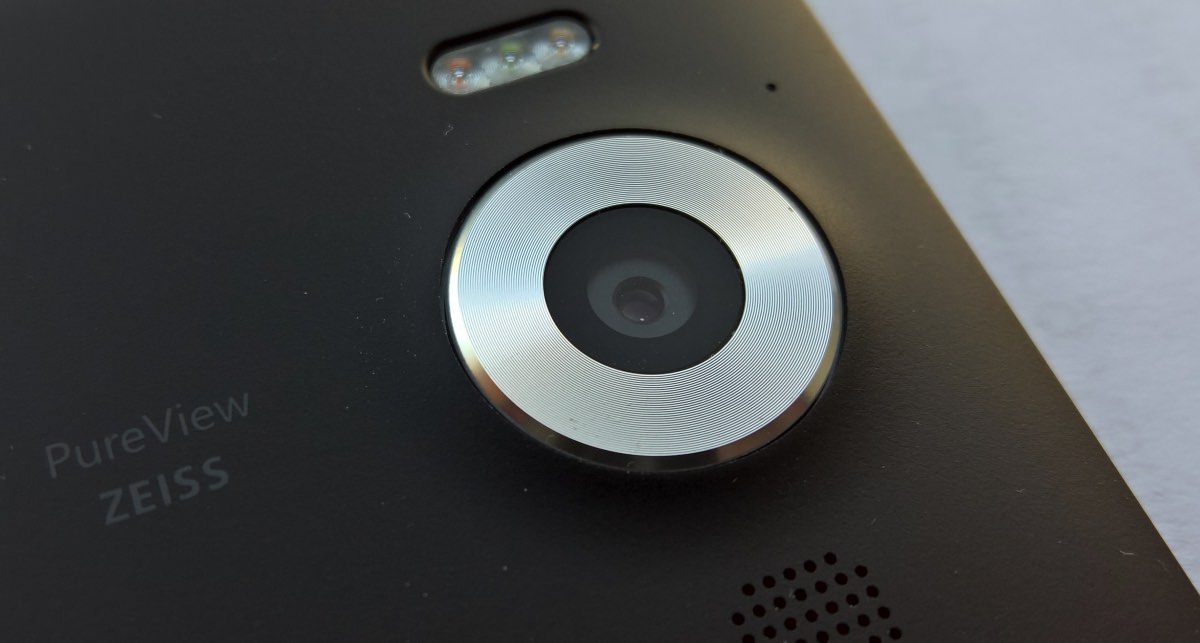My series 'Anatomy of a Lumia photo' (here's #1) has proved popular, even though I cheated with the HP Elite x3 instead for #2. #3 had a lovely clock, #4 was all about framing, in #5, I got down and dirty with nature, in #6 I had a rosy dilemma to solve, and in #7 I took a satisfying low light snap in appalling weather. In #8, I got extremely close to an impressive moth...
The idea of this series is to give you an insight into the thought processes that went into achieving each image, in the hope that it might inspire you to better photos too.
In this case, partly because this shot is by Andrew Elliott and not by me, there's no build up through other photos, but I do have some comments by both Andrew and myself, plus - well - just another example of how stunning the Lumia 950 camera can be, still blowing away the competition, even at the tail end of 2017, almost two years after its launch.
The photo is of the Buda Castle and the Chain Bridge, taken from the Pest side of the River Danube. Andrew took it in Budapest on his Lumia 950 entirely handheld, on a whim, with everything on 'auto':

You can grab the full 8MP image here, for your own study.
Now, although everything was mainly on default settings, there were a few things that Andrew did without thinking.
Firstly, he was running Windows 10 Camera in the 8MP mode - smart man, it's the one I always recommend, since no one actually needs 16MP/20MP and having the extra purity plus the zoom capability is a huge native function. Which brings us to...
...Secondly, for this shot, Andrew zoomed in by 1.45x, to achieve a better framed photo. I'm not sure how much, at the time, he considered the resulting loss of oversampling 'purity' (the result is still excellent, though), or whether he was staying the right side of the magic 1.5x PureView zoom limit.
But whether conscious or not, he stayed away from lossy digital zoom yet was able to get his subject larger in the scene and the angle of the photo 'tighter'. Well done.
The exposure used above by Windows 10 Camera was 1/15s, easily within the stabilising range of the excellent OIS, and yet again showing the importance of OIS in a phone camera (something the newer IDOL 4 Pro would do well to note!)
Andrew's comment on the photo was "Of course, we all know how good the Lumia 950 camera is, especially in low light, but the detail on this blew me away."
Now, there are some small details that are blown out, but the overall clarity and crispness, considering that this was taken handheld at night (i.e. no tripod, no steadying wall), are astonishing. See - this is why the Lumia 950 range needs to win points in hearts and minds, whatever the other downsides of the design.

Other than owning a Lumia 950 (or 950 XL), the lesson from all this is the reinforcement of the old adage: "the best camera you have is the one you have with you". For most of us, this is our smartphone, so when you're (e.g.) walking along the river bank at night in Budapest and spot a beautifully lit scene, you're able to capture it. And, in this case, capture it very well.
I'd say that over half of my very best photos from the past 15 years of smartphone photography have been ad-hoc, photos I hadn't planned to take and I was simply capturing unusual subjects and unusual settings or lighting. Which means that such moments are down to you and your trusty smartphone!
In the next in this series, I'll be back to my own shots, at the very opposite end of the light spectrum, and will be featuring something extremely sunny, colourful and bright!
